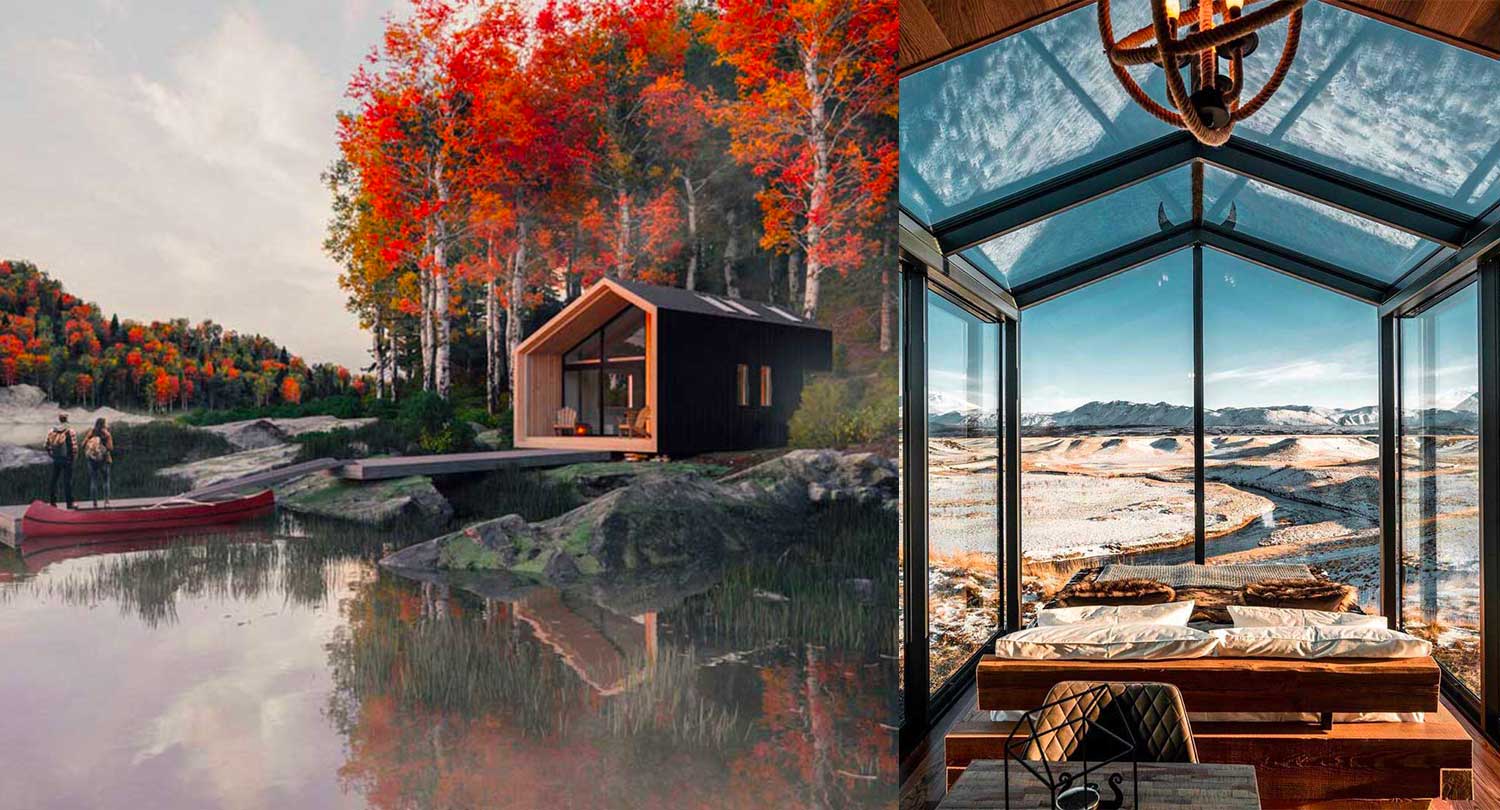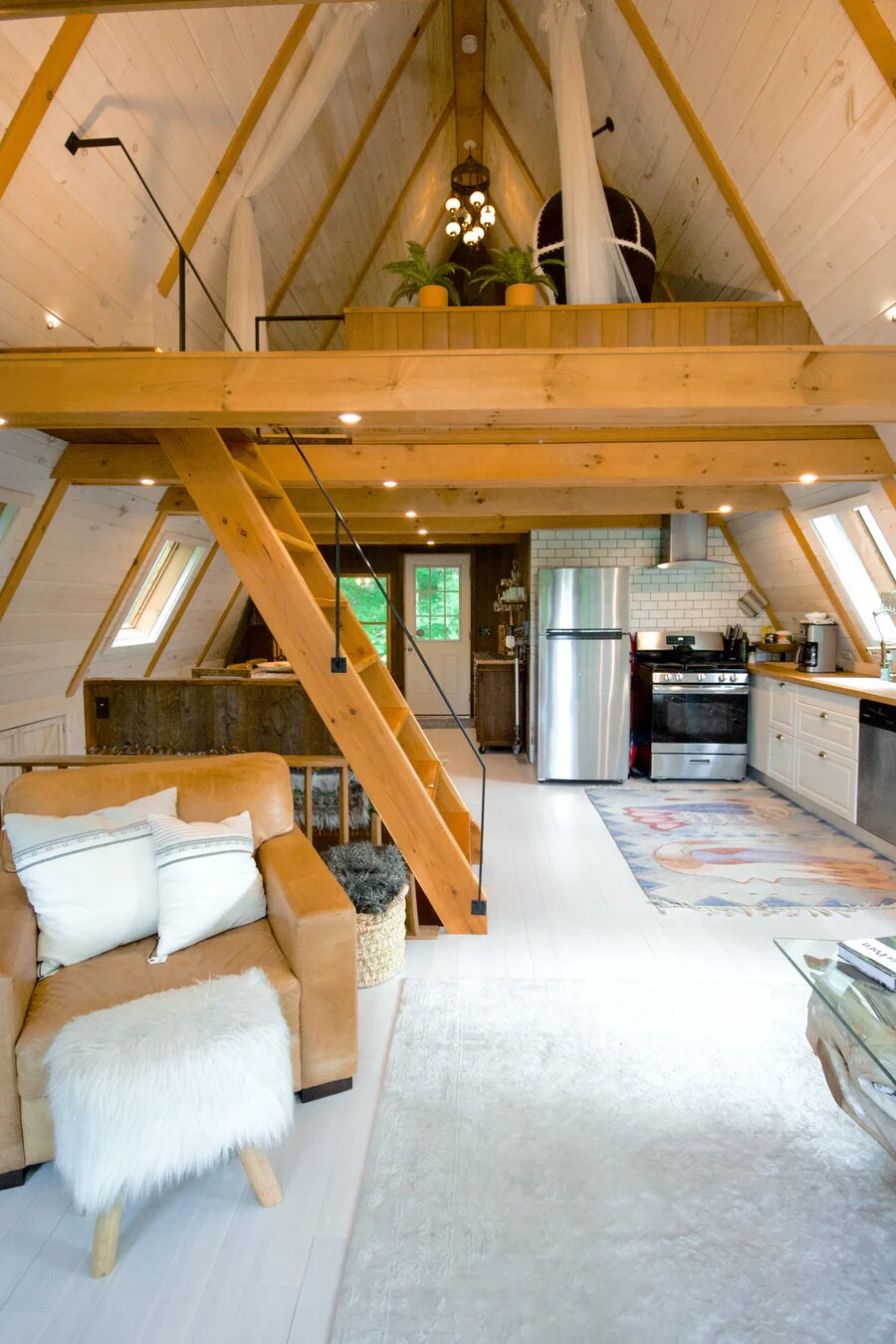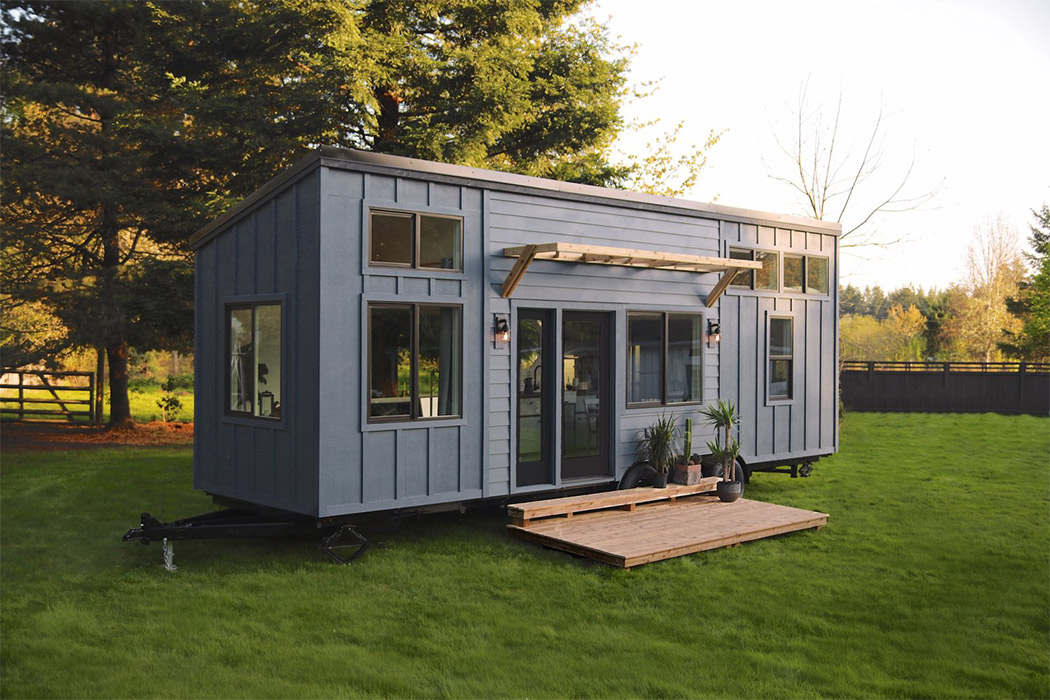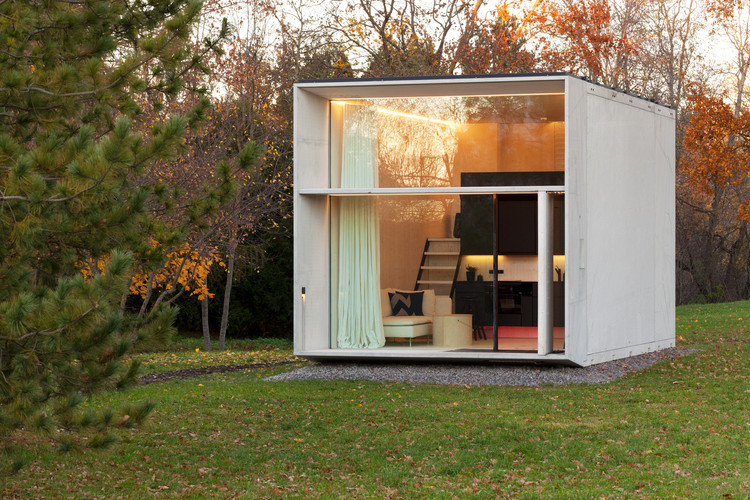Bigger may not always be better. People are starting to recognize the growing social movement of Tiny Home Trend, and are wholeheartedly getting invested in it. However, “smaller” living can nearly be considered an acquired taste.
In a time of increasing financial constraints and demand for minimalist living, Tiny Homes have been a growing trend for the past couple of years. Moreover, the population is growing at an exponential rate and so is the need for more housing opportunities. Thus, developers and urban housing planners are trying to make the most of the space available to them. Perhaps, these are a few reasons for the development of such uniquely styled homes.

Photo Credits: Italian Bark
The architecture of tiny homes remains simple and achievable. These homes may not be larger than a big walk-in closet, with the amenities of a proper but small-scale home. Furthermore, due to lack of space, every part of the house is multi-dimensional and can be used for more than activity. While this way of living may appeal to younger generations who tend to be more flexible, it’s not always an appealing option for others.

Tiny homes are a rather interesting implementation of a new and unparalleled form of living. It’s considered more economical and saves people from getting sucked into the vicious cycle of paying the mortgage for years to come if people were to invest in the “normative” housing style. Also, a rather fruitful choice of home in this distressing global pandemic period, as they’re more affordable. And, as mentioned before, people are striving for a more minimalist lifestyle now more than ever, and these homes may just be the right choice for them.

Initially, the Tiny Home construction was predominantly witnessed in Barcelona, Berlin and Paris. In 2016, around 8,000 micro apartments were discovered in England. All the while, the appreciation for these homes is on the rise around the world. Additionally, this trend is often positively showcased on distinct social media platforms or Pinterest- almost marking them as the epitome of fantasy living.
This is where we may be wrong. These homes are not practical in the long run, or with a family. While downsizing and living with less seems plausible and outright fantastic because it helps you save- they’re expensive to build. At times, the construction of these houses per square foot costs more than that of a standard size house. Furthermore, people believe that tiny homes have the advantage of being portable, thus, you can just “pick up” and move somewhere else. This argument often clashes with the regulations and laws governing specific countries, which do not allow people to park their houses wherever they want. It may also interfere immensely with city planning.

Photo Credits: Yanko Design
Although tiny homes are portrayed as a romanticized dream, their practicality is very questionable.
Related Articles you should check out!
SHIPPING CONTAINER HOMES AND WHY THEY ARE SO POPULAR
WANT TO BUILD YOUR OWN HOME? HERE ARE SOME TIPS


